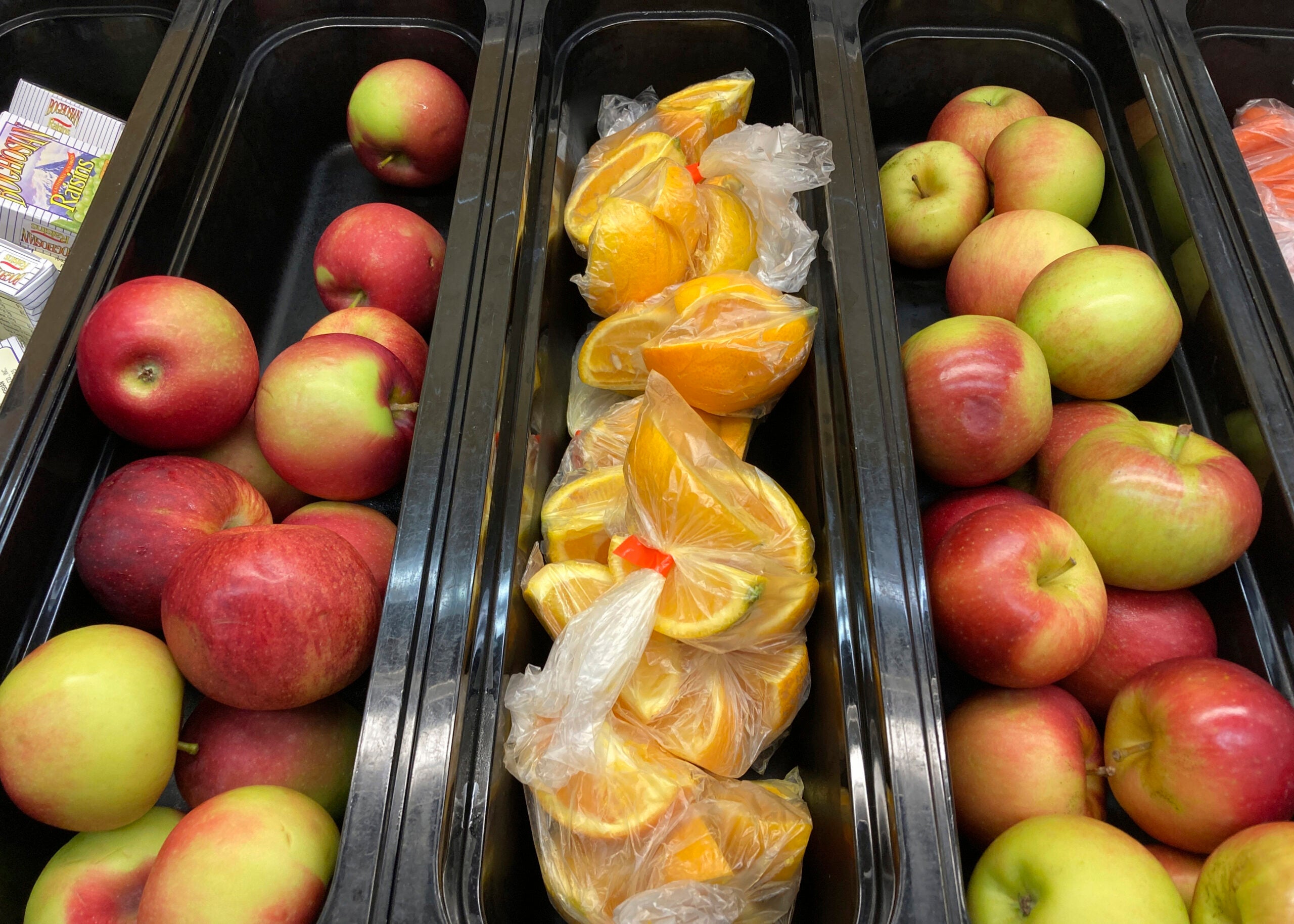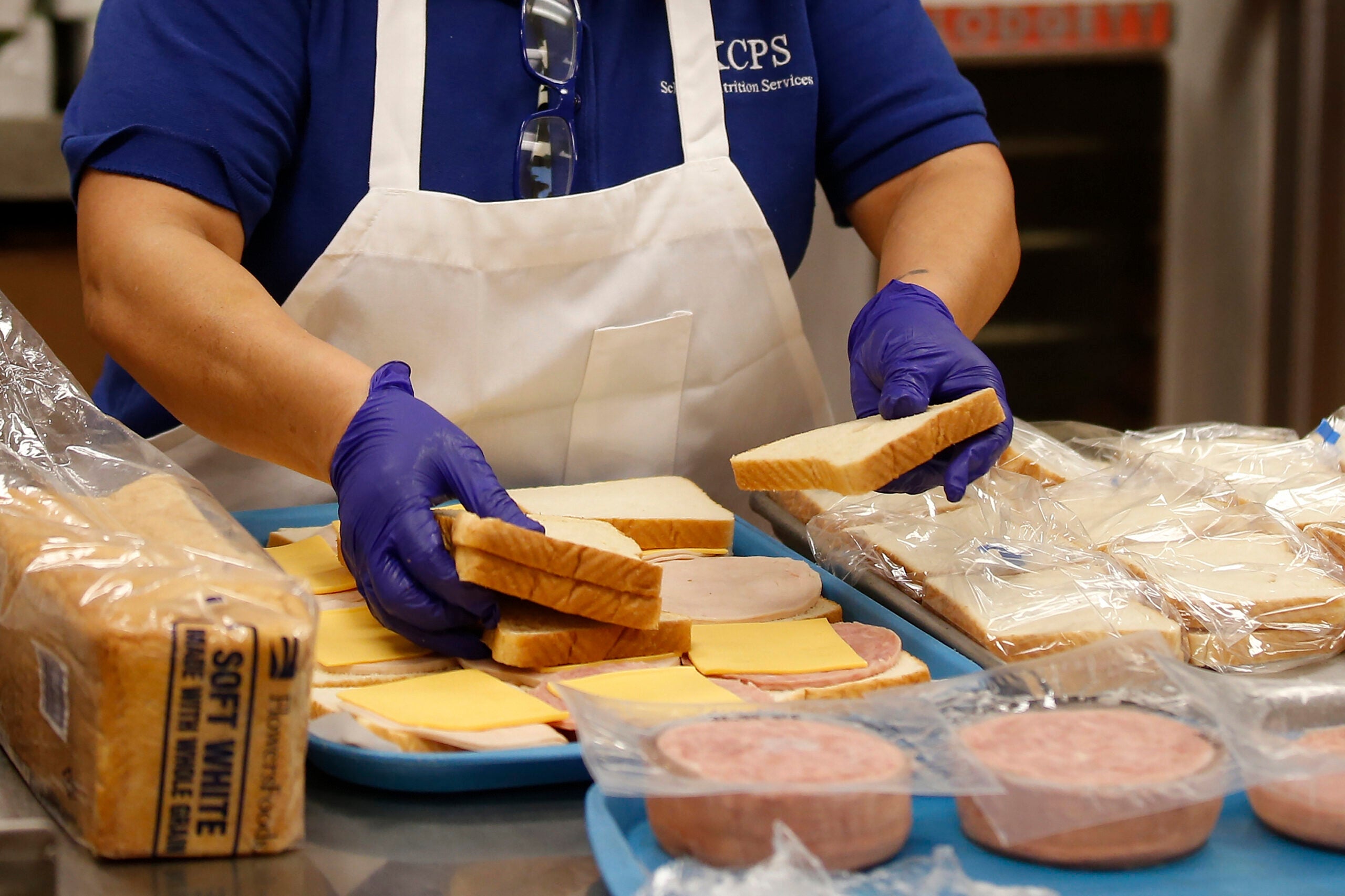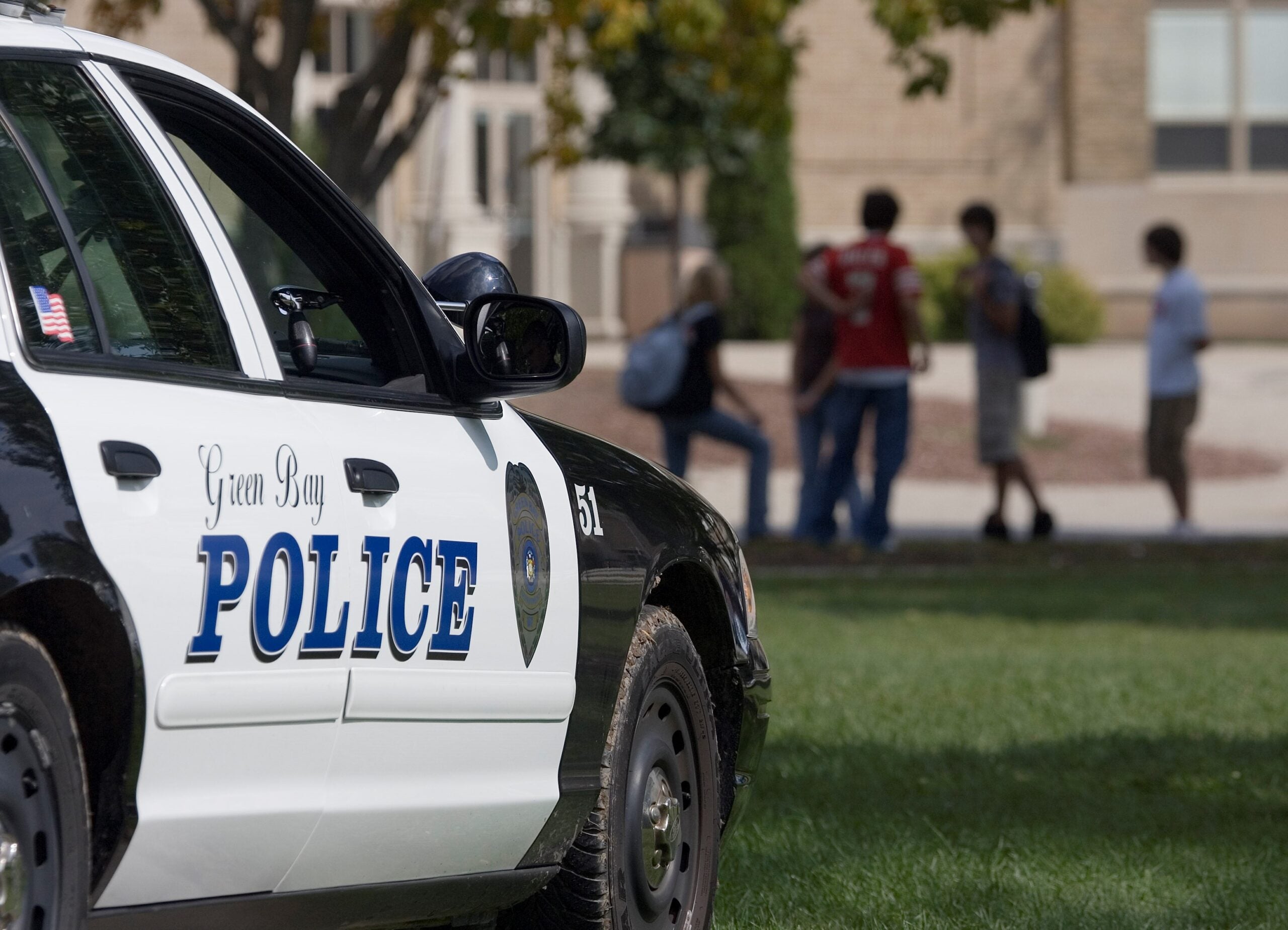Karen Fochs spends a lot of her work week visiting kitchens and cafeterias in the Wausau School District. As the director of School Nutrition Services in the central Wisconsin district, she likes to make sure the meals the school is providing are well received.
But this year she noticed something concerning, and it didn’t have to do with what was being dished onto cafeteria trays. More students are foregoing meals because they can’t afford to pay for them.
“The need is there. It’s just bubbling under the surface,” she said. “(Students) want to eat in our cafeterias, they want this food … But again we have all these rules in place about reduced and free lunches.”
News with a little more humanity
WPR’s “Wisconsin Today” newsletter keeps you connected to the state you love without feeling overwhelmed. No paywall. No agenda. No corporate filter.
She points to the end of universal free lunches — a pandemic-era, federally funded program that expired June 30 — as the cause.
“It’s like we just went from pandemic to no pandemic,” Fochs said. “There is no exception or compassion yet for knowing that kids are not getting fed at home.”
The beginning of the 2022-23 school year marked the first time in two years that parents and guardians had to apply for free or reduced-price meals based on income. Federal waivers over the course of the pandemic made all students eligible to receive both free breakfast and lunch.
Democrats and U.S. Department of Agriculture leaders tried to extend the waivers into this school year, but attempts didn’t make it past Congress.
For Fochs, that has meant hearing some devastating stories.
“The nurse from one of our middle schools emailed me very concerned about four students who are eating from the school pantry over the noon hour. And the pantry supervisor is having to tell those students that they can’t eat there either anymore because the supplies are dwindling,” she said.
Fochs also relayed a story about a family’s application that was denied because they were $100 over the income eligibility for reduced-price meals. One of those students will have to forgo renting a violin this year to afford school food.
“That just broke my heart, because I think to myself, ‘How many other students out there, families out there, are making that choice?’” Fochs said. “Are we going to lose some extremely talented kids, musicians, athletes … based on the reduced meal program that is no longer available to them because they don’t qualify?”
According to the state Department of Public Instruction, or DPI, the 2022-23 yearly income cutoff for a household of four for free meals is $36,075. A household of four needs to make $51,338 or less to qualify for reduced-price meals.
Some families are automatically eligible for free meals without having to apply. That includes families participating in foster care, FoodShare, W-2 cash benefits, Medicaid or the Food Distribution Program on Indian Reservations.
Some schools and districts in Wisconsin also qualify for the Community Eligibility Provision, which allows high-poverty schools and districts to provide free meals to all students. As of 2019, districts in Milwaukee, Beloit and Bayfield were just a few of the districts in which every school was enrolled.
But as Fochs notes, that still leaves a lot of families out.
“Out of 1,000 students (submitting) income applications (in Wausau), 421 actually qualified,” Fochs said. “They’re just not meeting that cutoff guideline.”
In Stevens Point, the district is hoping to ease the transition by providing free breakfast to all students this year. The district is also providing free lunch for any child who qualifies for reduced-price meals. As of Thursday, 42 percent of students in Stevens Point were enrolled in the free or reduced-price meal program.
Sarah O’Donnell, director of communications for the Stevens Point Area Public School District, said using this year as a transition period will help buy the district some time to keep communicating with families what paperwork is needed.
“One of the things the pandemic showed us was just the impact and the significance that that school day has … and access to healthy food was one of those things that I think really came to the forefront,” she said.

Stigma around free and reduced-price meals returns
Joshua Guckenberg, food and nutrition director of the Eau Claire Area School District, said aside from some hiccups, this school year has been more of a return to normal.
He said there was an uptick in students utilizing the free lunch program the last two years, but it wasn’t dramatically different from pre-pandemic levels. What he has noticed is that the stigma surrounding free and reduced-price meals has returned — after seemingly disappearing the last two years.
“We’re separating children into three categories here: free, reduced and paid. And as much as we try to keep that as confidential as possible. Kids talk, kids see other kids,” Guckenberg said. “Even if I’m a paid student, and I was late, and I grab a breakfast just because I’m really hungry, that could have the negative connotation that I’m only eating breakfast because I’m on free meals.”
“The only way to get rid of that would be to offer that as a free program for all,” he added.
Some states such as California and Maine have moved to fund universal free meals for students in their state budgets.
Democratic lawmakers in Wisconsin tried to do something similar, introducing the Wisconsin Healthy School Meals for All Act in November. But the bill failed to pass the GOP-controlled Legislature.
Eau Claire’s Guckenberg said the timing for statewide or federal action is even more dire with inflation and the hardships many families are facing.
“Free meals for all, regardless of how much money you’re making, is just an important thing that we need to do,” he said. “I’m just not seeing much movement and I kinda wish there was.”
Fochs in Wausau agreed.
“It would be outstanding to see how students could thrive in a world where meals were there for all students, no matter what the income levels were,” she said. “A nutritious meal that has the right amount of nutrients to help them to grow, which also helps them to learn and to succeed in becoming healthy participative adults.”
Wisconsin Public Radio, © Copyright 2025, Board of Regents of the University of Wisconsin System and Wisconsin Educational Communications Board.







